Aereon 26 experimental aircraft (USA)
Another concept
The Aereon III project provided for the construction of the so-called hybrid airship - LA with the characteristic features of an aerostat and airplane. It was proposed to obtain lift due to heated helium in the shells, as well as using wing planes. As it turned out during the tests, this design was not reliable, and after the loss of an experienced airship, it was abandoned.
Already in 1966-67, Aereon Corp. led by Monroe Drew and John Fitzpatrick began to develop a fundamentally new hybrid aircraft. Third-party scientific and industrial organizations were involved in the work. The project as a whole was called Dynairship. In the course of further work, several models were built and one full-size prototype called Aereon 26.
The new project again proposed a combination of features of different aircraft, but now the basis was the plane. It was planned to develop a glider of the Lifting body system and equip it with light gas cylinders, creating additional lifting force. The authors of the project considered that such a distribution of machine weight between planes and cylinders would give significant advantages over the previous scheme.
During preliminary studies, it was possible to determine the optimal appearance of the glider for the aircraft Dynairship. The resulting form of the airframe was called "a successful compromise between the aerodynamic profile and the sphere." It was checked in a wind tunnel, after which small-scale tests passed large-scale models with a rubber engine and a gasoline engine. All this paved the way for the construction of a full-size prototype.
Aereon 26
A prototype called Aereon 26 was made using the remains of the previous Aereon III. Aluminum and duralumin parts were straightened and welded into a new structure. The frame was coated with aluminum sheet and fabric. The prototype was designed to work out aerodynamics, which is why it did not receive built-in cylinders for light gas. However, their application was taken into account in the design.
The aircraft had a triangular shape with a ratio of length to wing span 5: 4. The cross section was elliptical, but its size and proportions were constantly changing. The nose of the machine expanded, forming a volume under the cab, the central part had a maximum height and increased width. The tail was made in the form of two converging planes with a sharp trailing edge. In the tail were two trapezoidal consoles and a pair of triangular keels. Mechanization included elevons and rudders.
One of the main objectives of the project was the correct distribution of masses and forces. According to the idea of its authors, the center of mass, the center of aerodynamic pressure and the point of application of the Archimedean force should have been at one point. Due to this, it was planned to simplify the operation of the aircraft in all conditions and in all modes.
The car was equipped with a McCulloch gasoline engine with 92 horsepower remaining from the previous airship. The engine was placed on a farm above the trailing edge of the airframe. During the tests, three thrust propeller variants were used. All of them had a variable pitch, but differed in the configuration and material of the blades.
Aereon 26 had a single cabin with a lantern. Control systems built on the basis of cable wiring. The aircraft used an indelible tricycle landing gear. Provided for the installation of sensors to monitor flight parameters.
Prototype on trials
Since a certain time, work on the Dynairship topic has been supported by the National Experimental Center aviation technicians (National Aviation Facilities Experimental Center or NAFEC). At that time, scientists and the military showed great interest in the topic of the Lifting body, and therefore the project was classified. All further work was carried out far from prying eyes.
The assembly of the experimental Aereon 26 was carried out in a small workshop in Lakehurst (pc. New Jersey). In the middle of 1969, the finished aircraft was disassembled into units and transported in two large boxes to the Red Lion airfield in Burlington County. There the car was assembled and taken to ground tests. Inspections of this kind took several months - the development of a new design was not easy and quick business.
After short ground checks, the first take-off attempt took place. On 7 on September 1970, the experienced Aereon 26, under the control of pilot John Alcott, took off on the runway and climbed to a low altitude, after which he immediately sat down. As it turned out, the car was able to take off the ground only due to the screen effect. Propeller thrust was not enough for a full flight with a rise to a significant height.
On September 28, the second take-off took place. In front of him, another propeller was installed on the car, and the glider was facilitated by removing some units. This time Aereon 26 was able to rise to a height of the order of 15 m, but again faced with a lack of power. Tests were suspended to finalize the project.
All winter 1970-71 years, Aereon Corp. specialists and NAFEC were looking for ways to improve experimental aircraft. Not wanting to make serious changes to the design of the airframe and power plant, the experimenters equipped the prototype with vortex generators and a new version of the pushing screw.
1 On March 1971, the experienced Aereon 26 made another test flight. This time, the car took off from the ground due to its own traction and the generated lifting force; dependence on the screen effect disappeared. In the future, several flights were conducted with maneuvering at the heading and altitude, flight performance was determined, etc.
However, the tests did not last too long, and during this time the experienced aircraft managed to fly no more than 12-15 hours. The fact is that the Aereon 26 used a short-life gasoline engine, originally created for unmanned aerial vehicles. By the time the test began, he managed to work out 12 hours out of 25 allowable. The development of the engine resource led to a halt in flights. Aereon Corp. and NAFEC could not or did not seek a new motor, which is why the tests were discontinued.
Upbeat conclusions
The flight tests of the experimental Aereon 26 aircraft began with problems and did not last too long, but this did not prevent the main features of the original airframe from being determined and far-reaching conclusions made. The proposed design received high marks, it was planned to develop it in order to obtain practically applicable results.
After optimizing the aerodynamics and installing an improved propeller, the Aereon 26 prototype showed good take-off and landing characteristics, remained confident in the air and dutifully reacted to the actions of the pilots. No problems were seen in this context. The installation of light gas cylinders, creating additional lift, was supposed to improve flight performance. It also seemed necessary to choose the right engine.
The company of M. Drew and J. Fitzpatrick and allies involved in the development of new aircraft, fully consistent with the original concept of the "hybrid" of the aircraft and the airship. The need for an experimental Aereon 26 aircraft disappeared, but they did not get rid of it and sent it for storage. A few years ago, it was reported that the experimental sample was stored in one of the hangars at Trenton-Robbinsville Airport (NJ). Then the activists collected donations for the restoration of a unique car before being sent to the museum.
Immediately after the completion of flight tests of the Aereon 26 prototype, the eponymous company focused all its efforts on developing a promising concept. Soon, at one of the thematic events, the first materials on the project of hybrid aircraft of the Dynairship family, designed to solve practical problems, were presented.
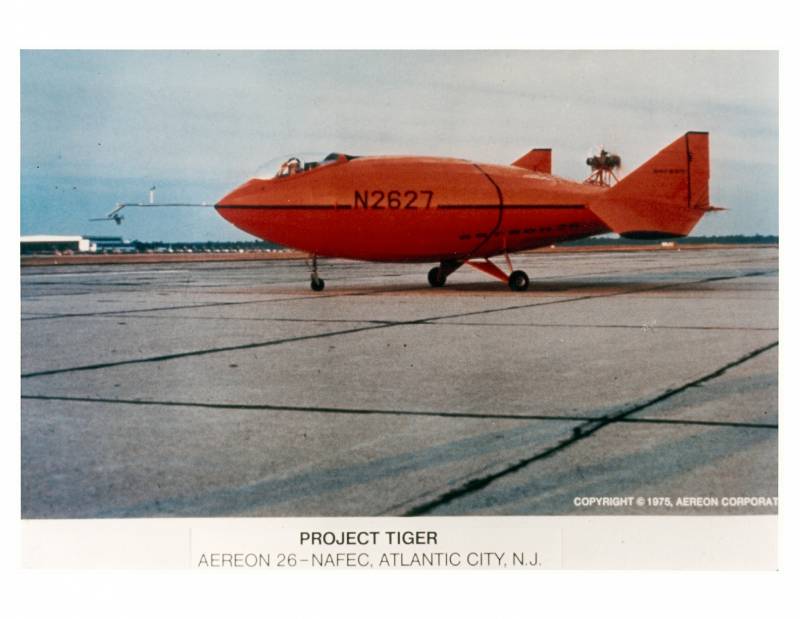
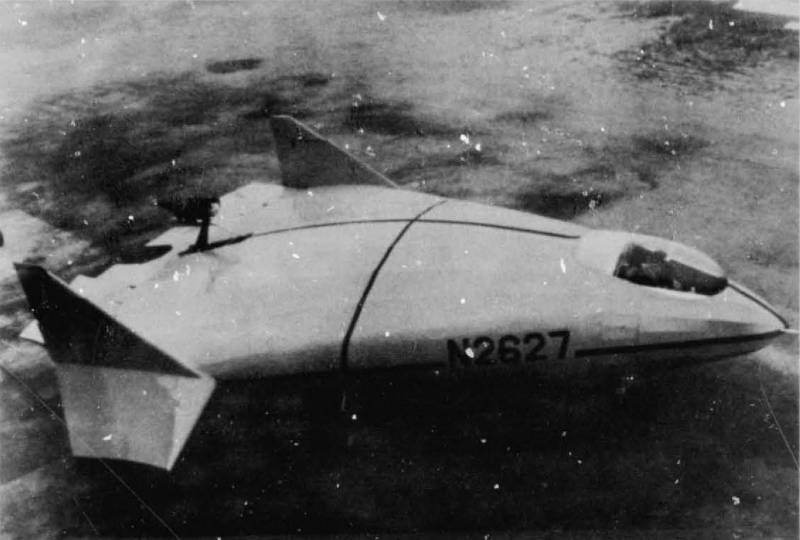
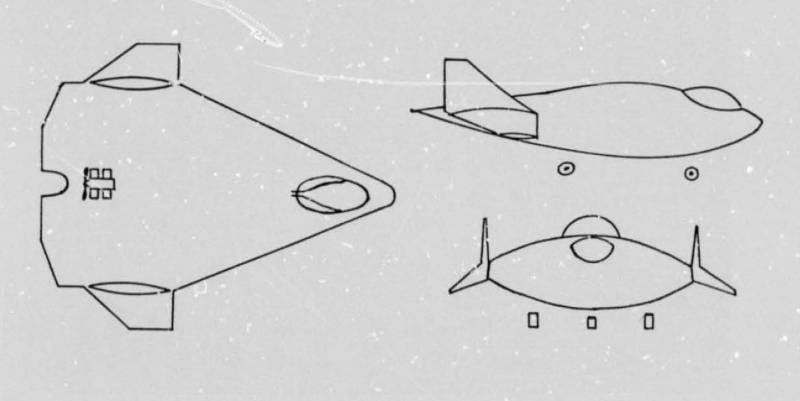
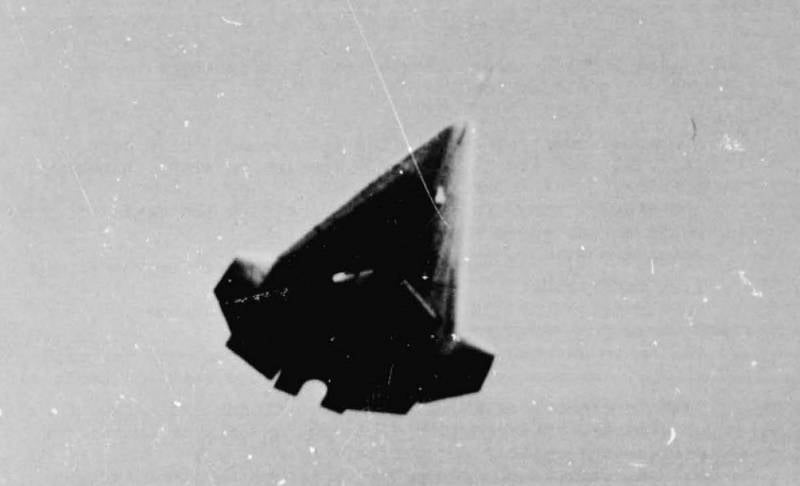
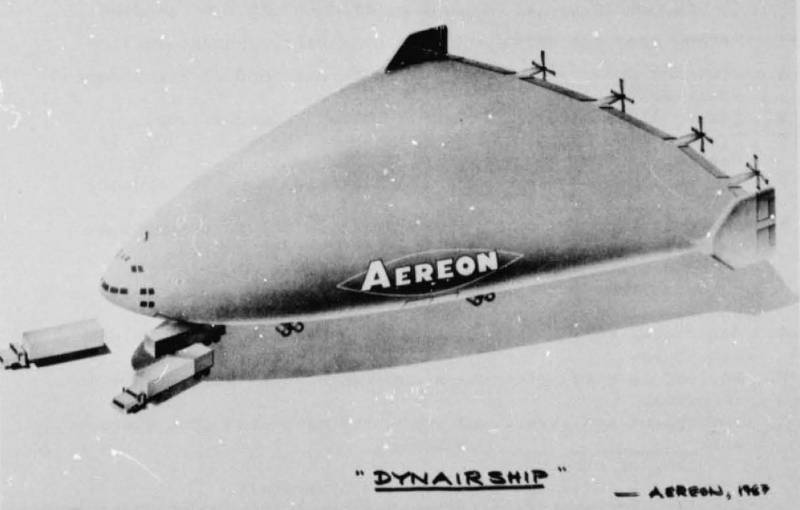
Information